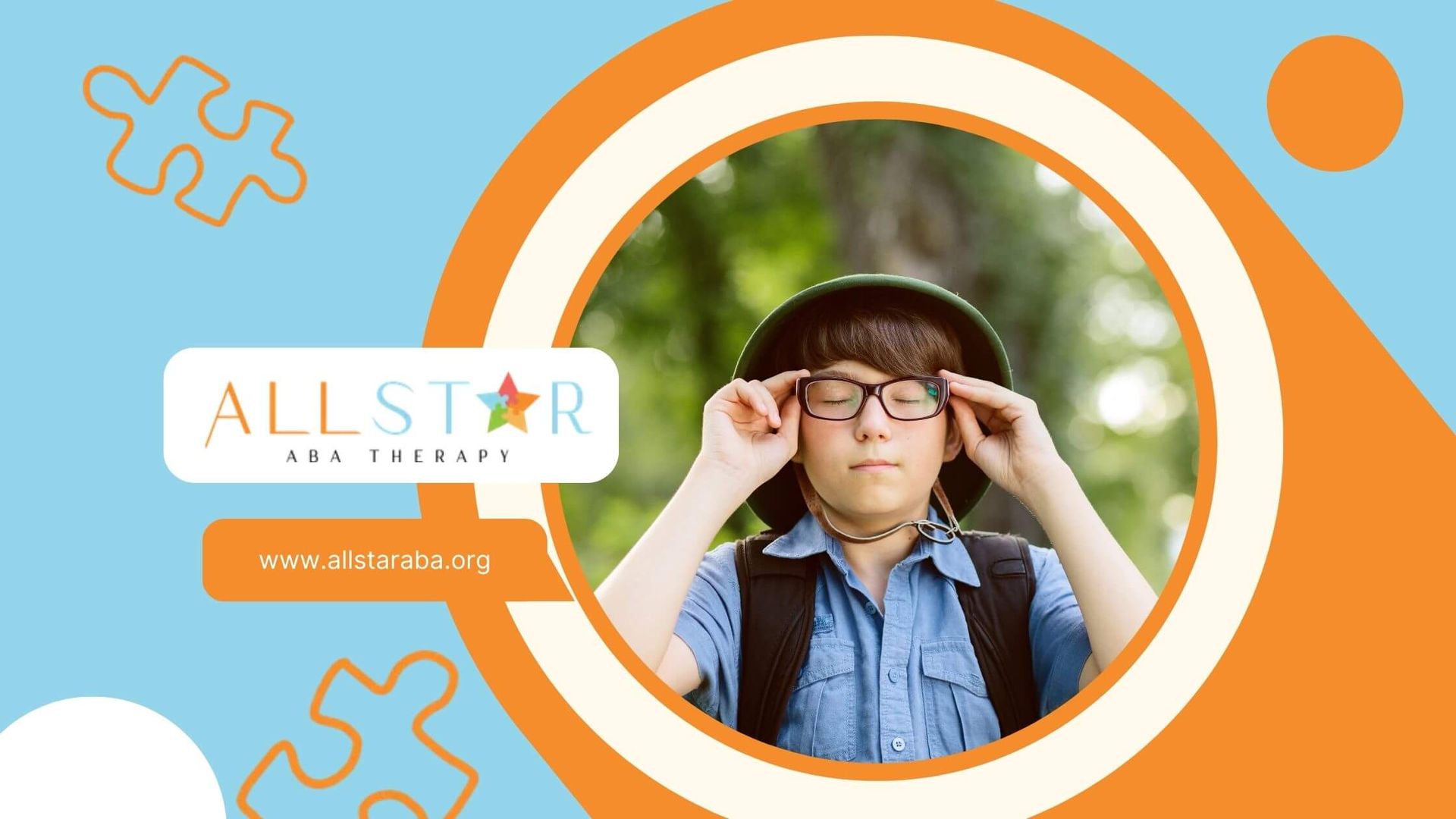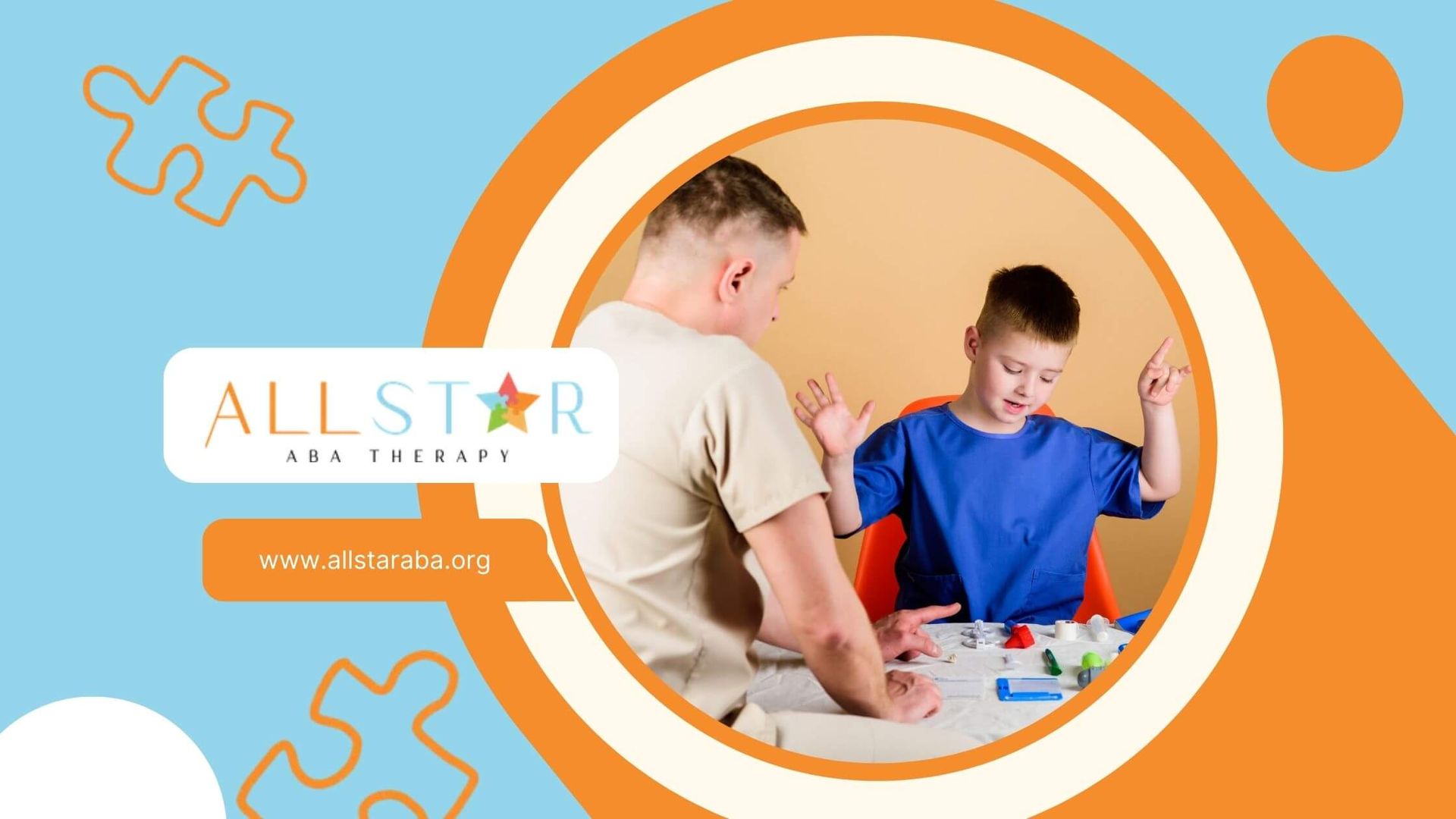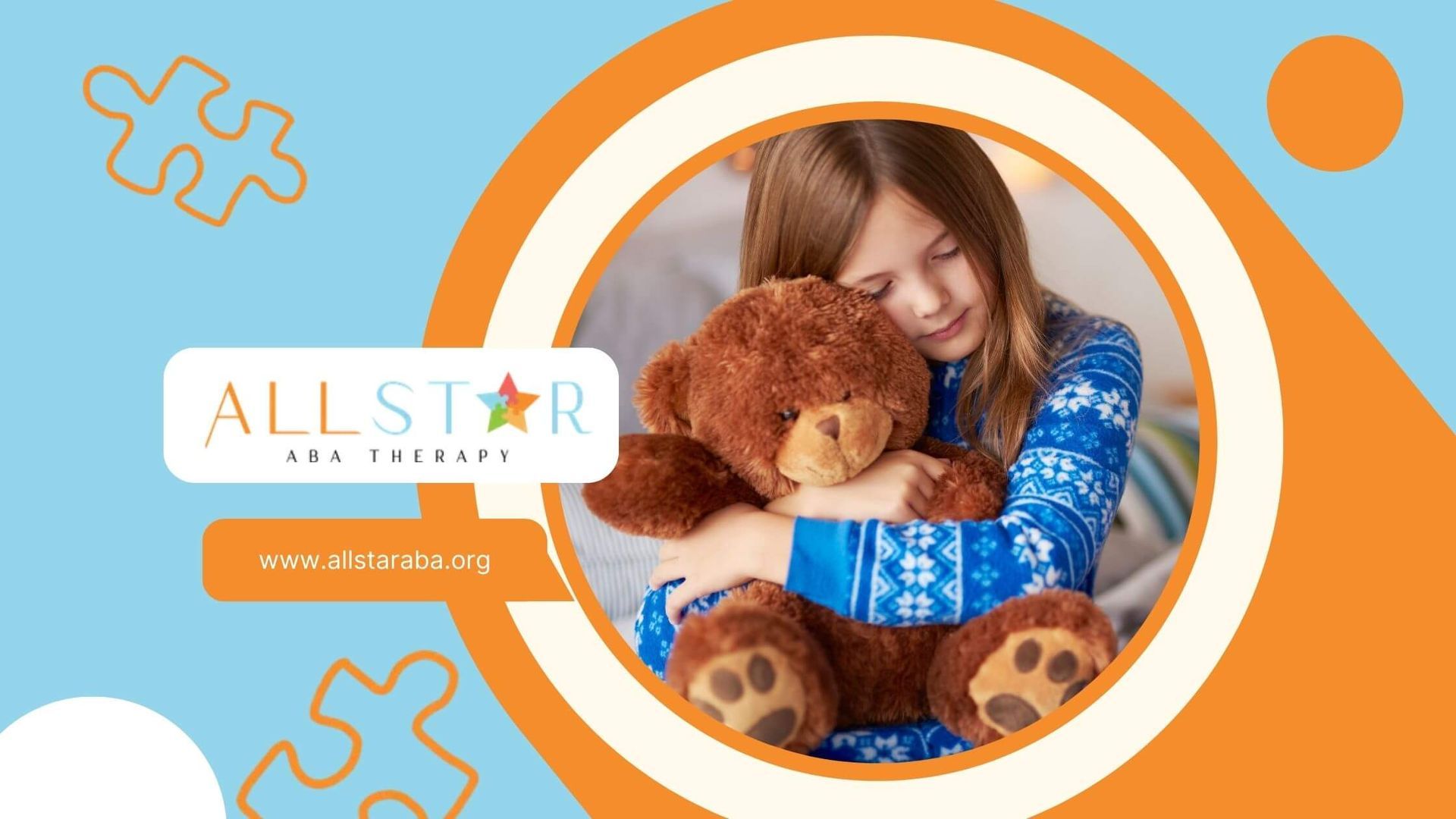New Paragraph
Is Autism More Common in Boys Than Girls? The Facts
Understanding autism prevalence patterns is crucial for families and healthcare providers. Is autism more common in boys than girls? Yes, autism is significantly more common in boys than girls. Current CDC data shows that autism is over 3 times more common among boys than girls, with approximately 4 in 100 boys and 1 in 100 girls diagnosed with autism.
The male-to-female ratio has been consistently reported as approximately 4:1, though recent research suggests the actual ratio may be closer to 3:1 when accounting for diagnostic biases. Studies indicate that girls are often underdiagnosed due to different symptom presentations and masking behaviors, where they camouflage their autistic traits to fit social expectations.
Research shows that females with autism tend to have different characteristics than males, including better verbal skills, interests that align with social norms, and increased social masking. This leads to later diagnosis, with many girls not receiving proper identification until adolescence or adulthood.
Take the next step in understanding your child's development. Contact All Star ABA in Maryland today for comprehensive autism assessments and personalized support tailored to your family's unique needs.
Frequently Asked Questions (FAQs)
Why are fewer girls diagnosed with autism?
Girls often mask their symptoms better and present differently than boys, leading to missed or delayed diagnoses.
What is the actual autism ratio between boys and girls?
While traditionally cited as 4:1, recent research suggests it's closer to 3:1 when accounting for diagnostic biases.
Do girls show different autism symptoms than boys?
Yes, girls often have better social skills, different special interests, and engage in more masking behaviors.
Need Support?
We're Here to Help!
Our experienced team is ready to assist you. Reach out today to discuss how we can support your child's development and well-being.
Get started with expert ABA therapy today.








